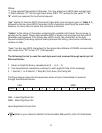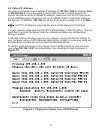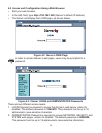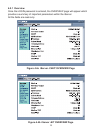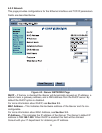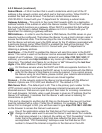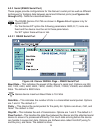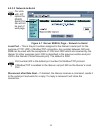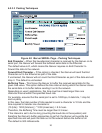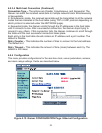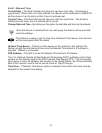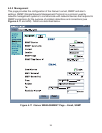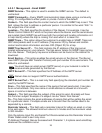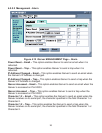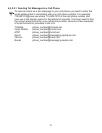
4.5.3.3 Packing Techniques
Figure 4.8 iServer SERIAL Page – Packing Techniques
End Character – When this hexadecimal character is received by the iServer on its
serial port, the iServer will forward the buffered serial data to the Ethernet.
The default value is D, which means the iServer requires no End Character to
forward the data to the network.
Forward End Character – If this option is checked, the iServer will send the End
Character out to the Ethernet as part of the data.
If unchecked, the iServer will not count the End Character as part of the data and will
drop it. The default is unchecked.
Buffering Time – This forces the iServer to buffer the received serial data for the
given time value. This option defines the time interval during which the iServer stores
the serial data in its buffer before sending it out to the network.
Depending on users’ applications, this time must be at least larger than one
character interval within the specified baud rate.
For example, assume that the serial port is set to 1200 bps, 8 data bits, 1 stop bit,
and no parity.
In this case, the total number of bits needed to send a character is 10 bits and the
time required to transfer one character is:
(10 (bits) / 1200 (bits/sec) ) * 1000 (msec/sec) = 8.3 msec.
Therefore, the Buffering Time must be larger than 8.3 msec.
If the interval is set to be too long (counting the baud rate in the equation) and
therefore the iServer’s buffer approaches to get full, the iServer will override the
specified time and will push the data out to the network before the buffer is full.
The default is 500 milliseconds.
20



